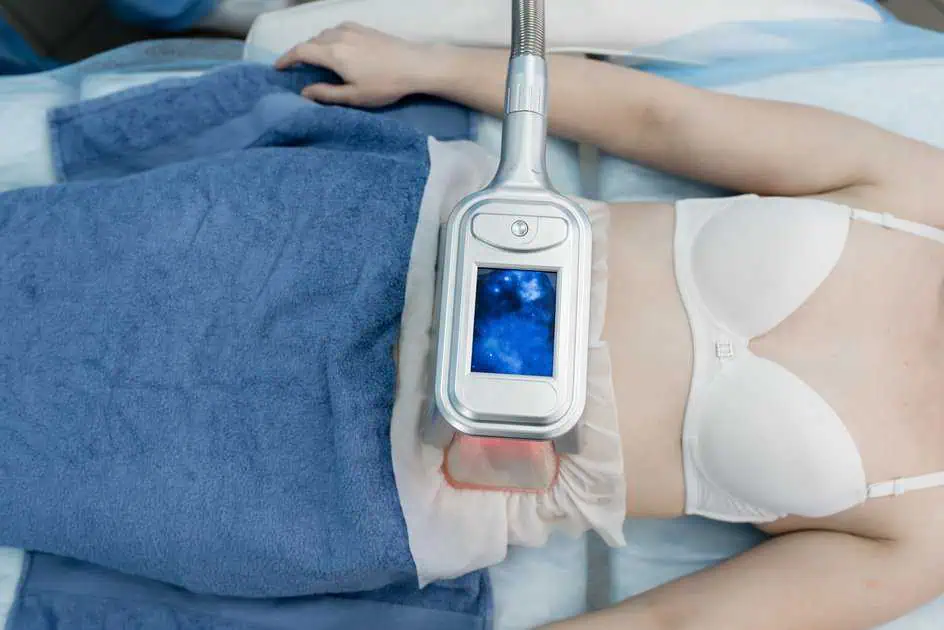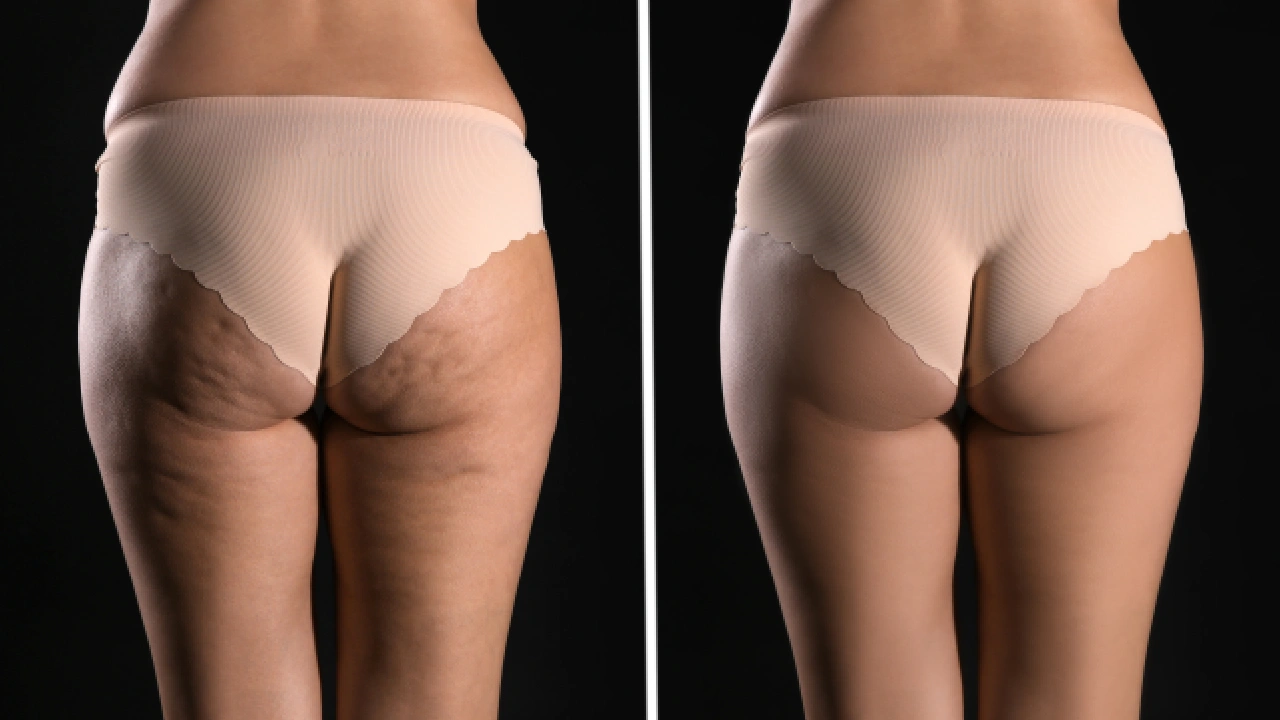Chemical peels stand out as a distinctive approach to skin care, offering a method to address various skin concerns. This treatment strips away the outermost layers of skin to unveil a smoother, more vibrant layer beneath. With a history of use in dermatology, chemical peels provide a customizable solution to skin maintenance, adaptable in intensity to meet individual skin types and issues. The procedure is more than a surface-level fix; it encourages the skin’s natural renewal, with benefits that may impact both the health and appearance of the skin.
Types of Chemical Peels
Chemical peels are ordered based on the depth of skin they penetrate, which also correlates with the intensity of the treatment and the types of issues they are best suited to address. Here are the three primary types:
Superficial Peels:
- Ingredients Used: These peels often contain mild acids like alpha-hydroxy acid (AHA) or beta-hydroxy acid (BHA).
- Penetration Level: They lightly exfoliate the skin, affecting only the outermost layer, the epidermis.
- Purpose: Superficial peels refresh the skin and improve conditions like mild discoloration and rough texture.
- Downtime: Minimal to none, making them a convenient “lunchtime” procedure.
- Frequency: They can be done at regular intervals without significant risk.
Medium Peels:
- Ingredients Used: Trichloroacetic acid (TCA) is commonly used for medium peels, sometimes in combination with other acids.
- Penetration Level: These reach the upper part of the dermis, the middle layer of the skin.
- Purpose: Medium peels target fine lines, wrinkles, and moderate skin discoloration. They can also be utilized to smooth rough skin and treat some precancerous skin growths, like actinic keratosis.
- Downtime: Requires some rest, often a few days to a week, as the skin heals and regenerates.
- Frequency: Typically performed less frequently than superficial peels, the skin needs more time to recover.
Deep Peels:
- Ingredients Used: Phenol is the primary chemical agent used in deep peels.
- Penetration Level: These peels penetrate down to the lower dermal layer of the skin for extensive exfoliation.
- Purpose: Deep peels address more severe skin issues such as deeper wrinkles, scars, or even precancerous growths.
- Downtime: Significant downtime is required, often several weeks, as this is the most intense type of peel with profound peeling, redness, and sensitivity.
- Frequency: Usually a one-time procedure due to the depth of skin affected and the dramatic results it yields.
Each type of peel requires a different level of preparation and post-treatment care, and the choice of peel depends on the specific skin concerns, skin type, and desired results.
Primary Benefits of Chemical Peels
Chemical peels offer diverse benefits for the skin, which include:
- Enhanced Skin Texture and Tone: Peels can refine the skin’s surface, giving it a smoother, softer texture and a more uniform tone.
- Reduction of Fine Lines and Wrinkles: By removing the outermost layers of skin, peels can minimize the impression of fine lines and wrinkles, especially around the mouth and under the eyes.
- Acne Treatment: Certain chemical peels can help clear up acne by exfoliating the skin and clearing out clogged pores.
- Scar Reduction: Peels can reduce the appearance of mild scarring by smoothing out the skin’s surface and promoting new skin growth.
- Pigmentation Issues: They can help lighten areas of hyperpigmentation, such as age spots, freckles, and melasma, leading to a more even skin tone.
- Sun Damage Repair: Chemical peels can remove sun-damaged skin cells, aiding in the restoration of a healthier skin appearance.
- Improved Absorption of Skincare Products: Post-peel, the skin can better absorb skincare products, making them more effective.
- Stimulation of Collagen Production: Some peels stimulate collagen production, improving skin elasticity and firmness.
- Refreshed Appearance: Overall, peels can give the skin a refreshed and rejuvenated appearance.
- Minimal Downtime: Especially with superficial peels, one can enjoy the benefits of the treatment without significant downtime.
How Chemical Peels Work on the Skin
Chemical peels spread a chemical solution to the skin, which causes the top layers to separate and eventually peel off. This process is designed to remove damaged and dead skin cells, revealing fresher, more youthful skin beneath.
The active ingredients in the peel solution create a controlled wound on the skin. It doesn’t mean it causes damage in a harmful way; instead, it prompts the skin to repair itself naturally. As the skin heals, the production of collagen and elastin, which are vital proteins for skin elasticity and firmness, is stimulated. This healing process improves the overall texture and tone of the skin.
The depth of the peel—whether it’s superficial, medium, or deep—determines how many layers of skin will be removed. Superficial peels only remove the outermost layer, the epidermis, and are gentle enough to be used regularly. Medium peels go deeper, targeting the upper part of the dermis, which can address more pronounced skin imperfections. Deep peels reach the lower dermal layer, creating the most dramatic results and requiring the most recovery time.
The type of chemical used—be it alpha-hydroxy acids (AHAs) like glycolic acid for superficial peels, trichloroacetic acid (TCA) for medium peels, or phenol for deep peels—also influences how the skin will respond. Each chemical has a different molecular size and penetrates the skin to another degree, which allows skin care professionals to tailor the treatment to the specific needs of the patient.
Who Can Benefit from Chemical Peels?
Chemical peels can serve those looking to diminish signs of aging, such as fine lines and sunspots, or to improve skin conditions like acne and mild scarring. They are particularly effective for individuals with fair skin, although advancements in peel formulations now offer options for darker skin tones. Potential candidates should consult with skincare professionals, as certain skin types and conditions may not be suitable for peeling treatments. Proper assessment ensures the peel is safe and beneficial, tailored to each individual’s skincare needs.
Takeaway
Ready to unveil the radiant skin you deserve? Contact MilfordMD Cosmetic Dermatology Surgery & Laser Center today to schedule your personalized chemical peel consultation. Our team is committed to providing you with the highest quality care and a tailored treatment plan to meet your unique skin goals. Don’t wait to transform your skin – contact us today or visit us. Begin your journey to a flawless complexion with MilfordMD, where your beauty and well-being are our top priority.






